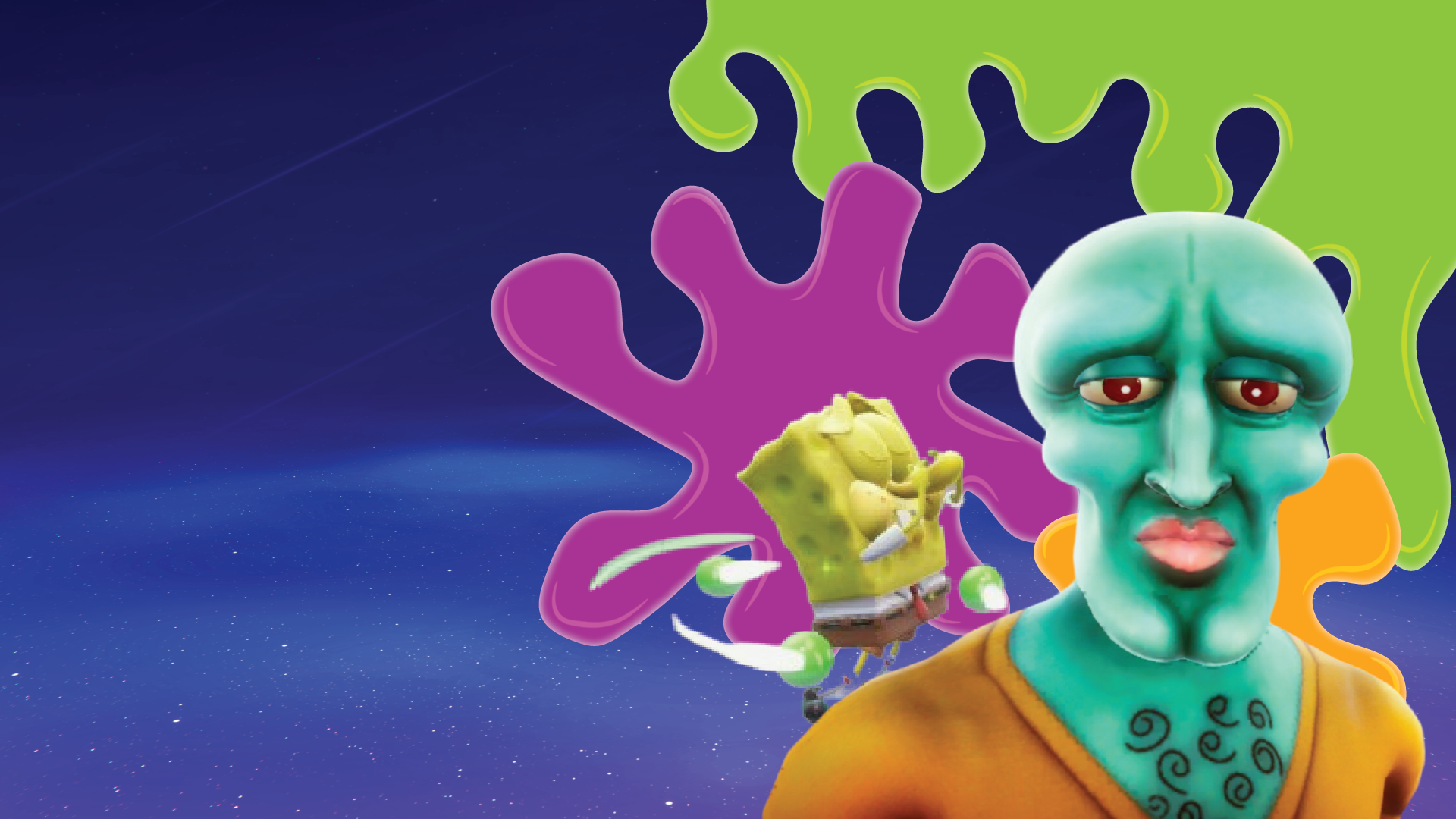It’s About Slime!
In platform fighters, a very important trait games need to have is having a feature that makes it stand out. Rivals of Aether 1 has a universal parry system; Rivals 2 has normal and special components to attacks such as pummels and ledge get-ups; Brawlhalla’s weapon system adds a layer of nuance to its seemingly simple system; Multiversus is very heavy on resource management and team synergy. You could even argue Final Smashes, different KO animations, RNG, and stale moves are unique to Smash.
A mechanic that is entirely unique to platform fighters in Nickelodeon All Star Brawl 2 is slime. Slime is a meter system that expands options to both character and player creativity. While there is technically a Final Smash meter in Super Smash Bros. Ultimate, it was never really designed with competitive play in mind very well. But in this game, it has its own dedicated button that functions differently depending on what you use it with.
In Nick Brawl 2, you build up slime by attacking and taking damage until you can fill up a bar. You have three bars of slime that each take longer to build up than the last and it will take some effort to build up some slime. But when you do, your options really start to open up.
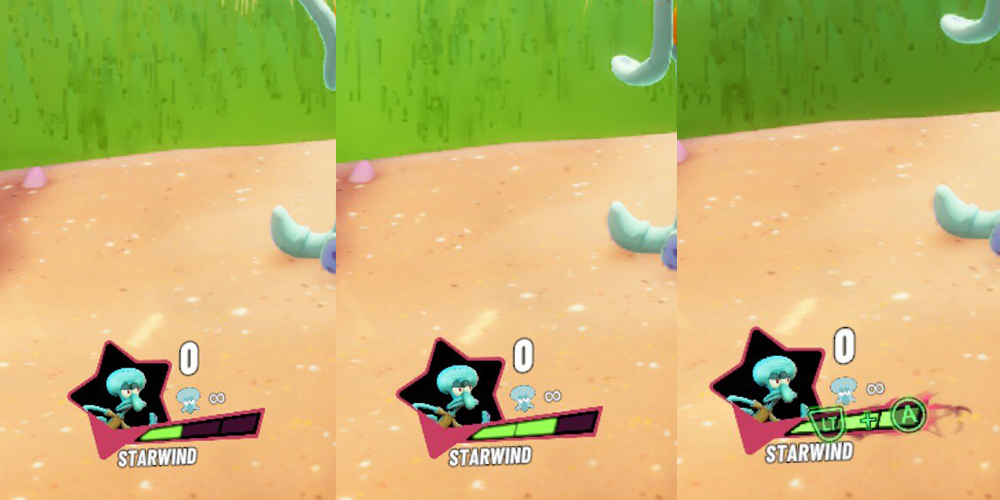
1. SUPER ATTACK
The first and most obvious use of slime is a Super Attack. By pressing your slime button and your button for tilts, these work similarly to Final Smashes found in Super Smash Bros. Brawl onward, but balanced around competitive play. For one, they take all three bars of slime and inflict a massive amount of damage and knock back, but will never KO at low percentages and can be shielded. This throws out the strategy of stalling until you have full slime to throw out a Super, making them a high risk, high reward move as whiffing or getting shielded could leave you wide open to attack.
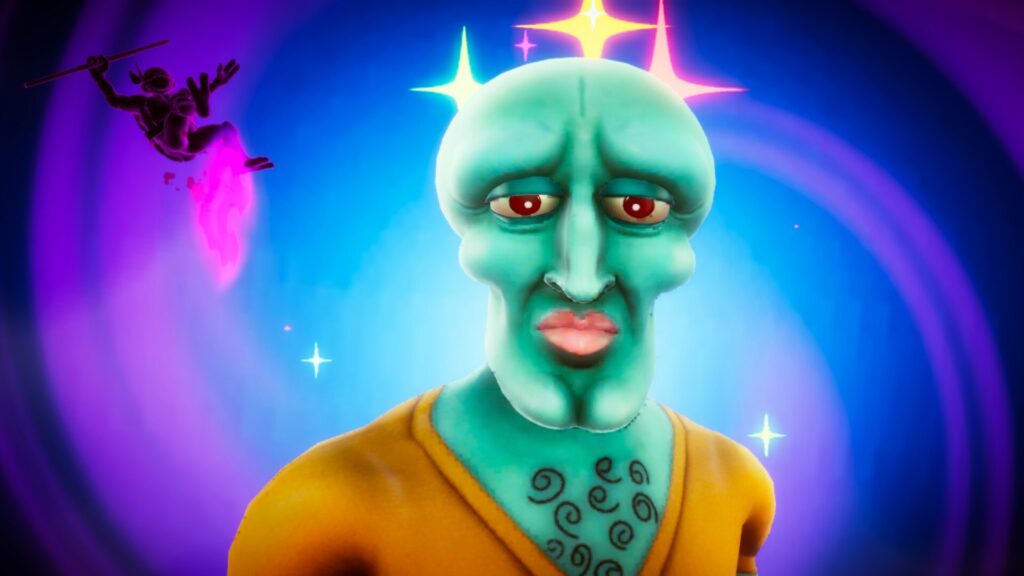
2. SLIME BURST
Another use of slime and definitely the most popular when starting out is Slime Burst which costs two bars of slime when you hit slime and shield while in hit stun. Similar to other mechanics found in Guilty Gear and Tatsunoko vs. Capcom, you knock the opponent away from you and stall in place, invulnerable to damage for a brief moment. You can even regain your double jump, air dodge, and recovery if you burned through them. This is, what you can imagine, a very strong mechanic that can save from losing an important stock or even a game. However, you should also be careful to not get predictable because if your opponent sees you’re going to burst, they can react accordingly and hard punish you as a result just like other games.
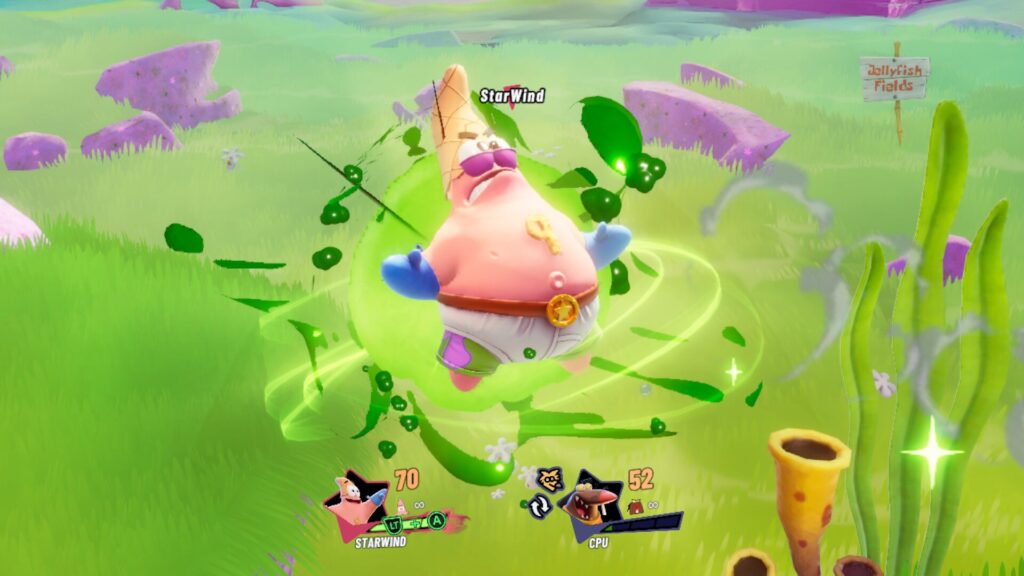
3. SLIME DASH
Speaking of air dodging, pressing slime at the same time as you air dodge normally will give you a Slime Dash, which costs one bar of slime. You travel faster than a dodge as well as move farther, but you have no invincibility unlike air dodges. You can use this tech as a way to chase opponents or extend combos that wouldn’t normally be possible, adding another tool for you to keep in mind while you play. Just remember, slime dashes can only be used once per airtime and if you’re hit out of it and your character struggles with recovering, it can put you in a bad spot. This mechanic technically originated in Nick Brawl 1 in which slime dashes (aka air dashes) completely replaced air dodges, meaning they weren’t a resource that relied on a meter and could be used liberally, but now you have to be more conscious on when, if, or should you use an air/slime dash because your slime dash is linked to your air dodge in that you can only use one or the other once per air time.
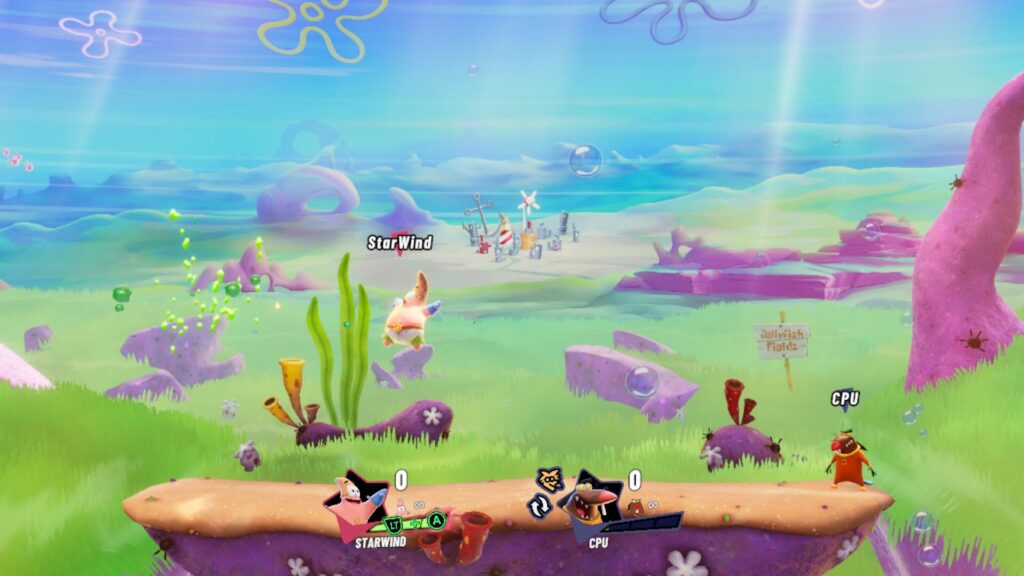
4. SLIME CANCEL
Arguably one of the most powerful uses of slime is the use of a slime cancel. By pressing slime during virtually any attack, you can cancel the attack entirely to have immediate freedom of what you can do at the cost of one slime bar. This is similar to the Roman Cancel found in Guilty Gear or Baroque found in Tatsunoko vs. Capcom in which both mechanics are very strong in those games. When applied in the lens of a platform fighter, many other possibilities open up such as some combos that weren’t true before becoming true now, adding extra shield pressure with a better chance of popping shields entirely, being able to safely disengage after throwing out a risky move, and so on. Something to note however, is when you slime cancel into a move after inflicting hit stun, the move you slime canceled into will have less knock back than it normally would, meaning a move that would have normally taken a stock when thrown out raw wouldn’t work if you slime canceled into it. To some players, this would indicate slime cancels would see better use as a combo extender rather than a combo finisher unless you really are desperate to build up damage.
(And yes, you can slime cancel your taunts.)
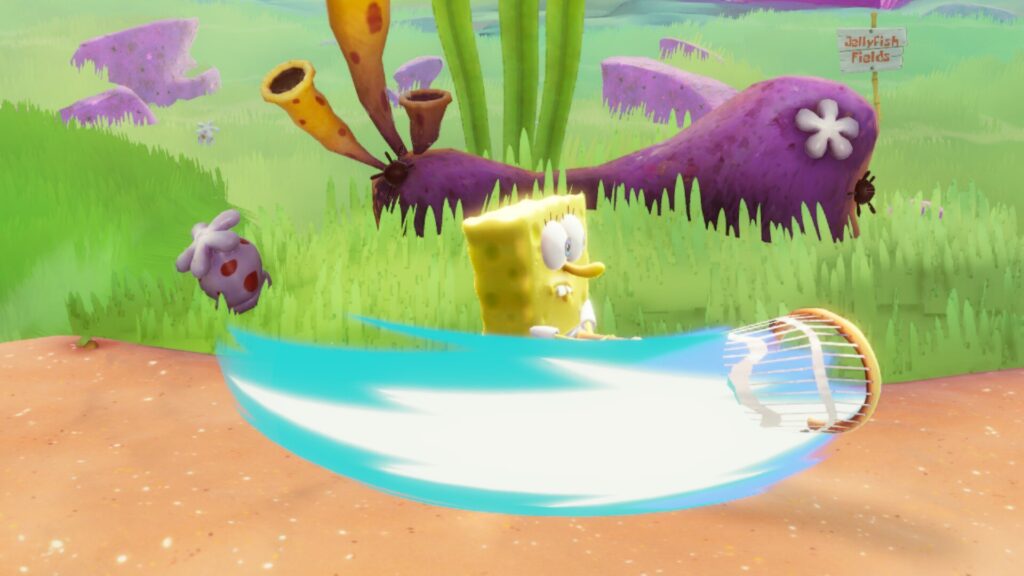
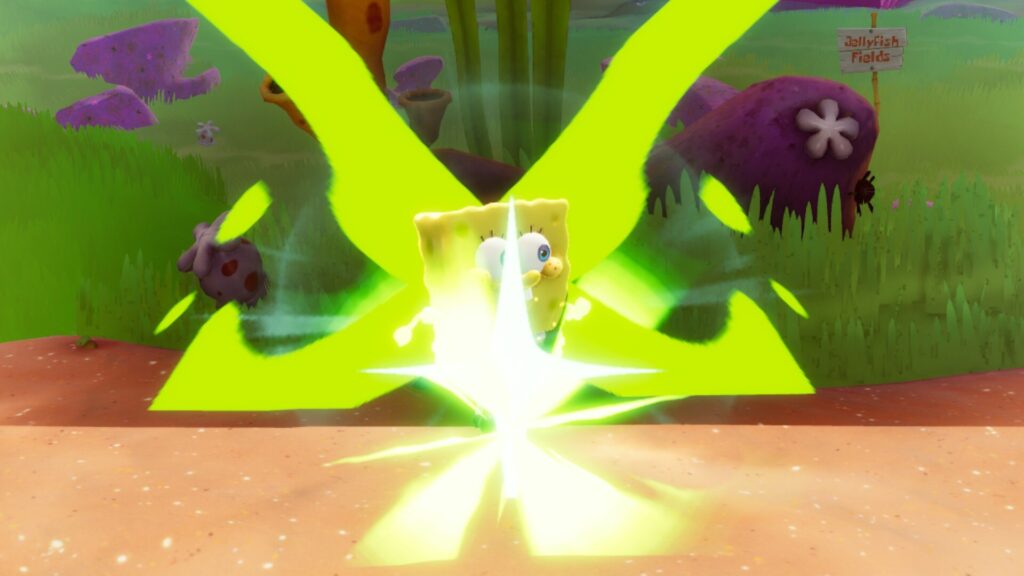

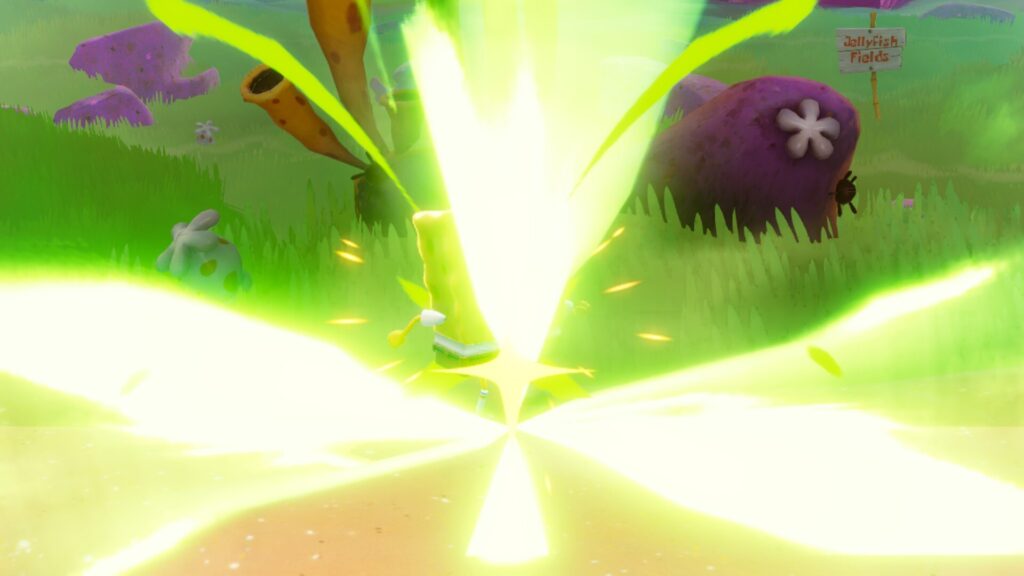
5. SLIME MOVES
Along with all of that, you can enhance your moves and make them stronger by using slime moves. By pressing/holding slime during any attack that isn’t a tilt or light aerial, you can throw out an attack that has special properties that aren’t normally found in your kit at the cost of one slime bar. Charge/Strong attacks are the simplest change as they give a flat plus 3% across the board, but your mileage may vary as not all strong attacks are created equal and Nick Brawl 2 is no exception. Special moves, however, are an entirely different beast as they have all sorts of effects depending on the move, Some are stronger, some have more range, some extend recoveries, some fire multiple projectiles instead of one, some have armor, some inflict debuffs, some inflict different debuffs, and so on and so forth. The way these moves are designed aren’t really made as strict upgrades (though some can be seen that way) but rather different avenues of unlocking your character’s potential and study what their new options can be.
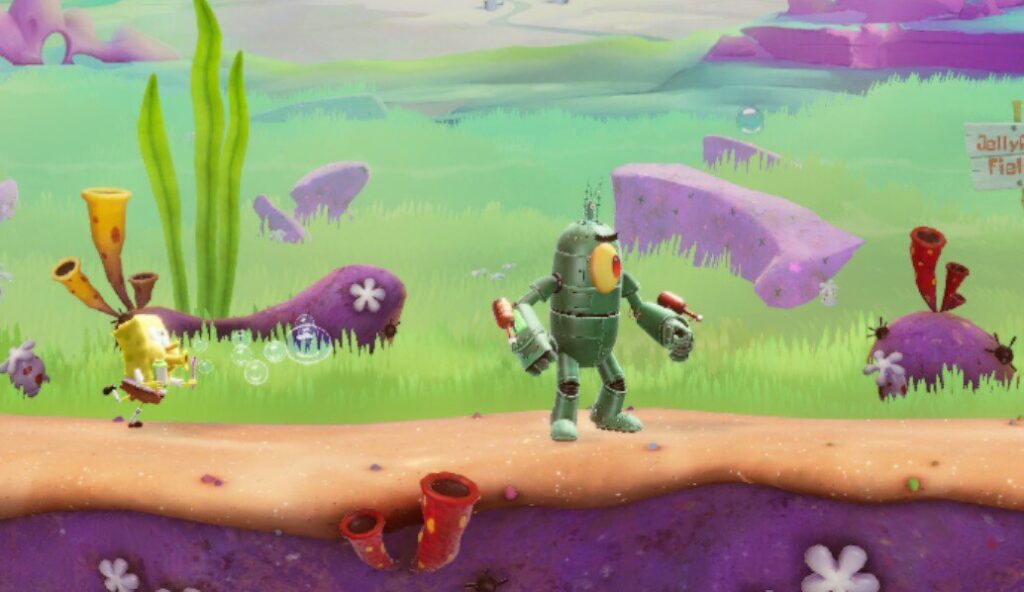
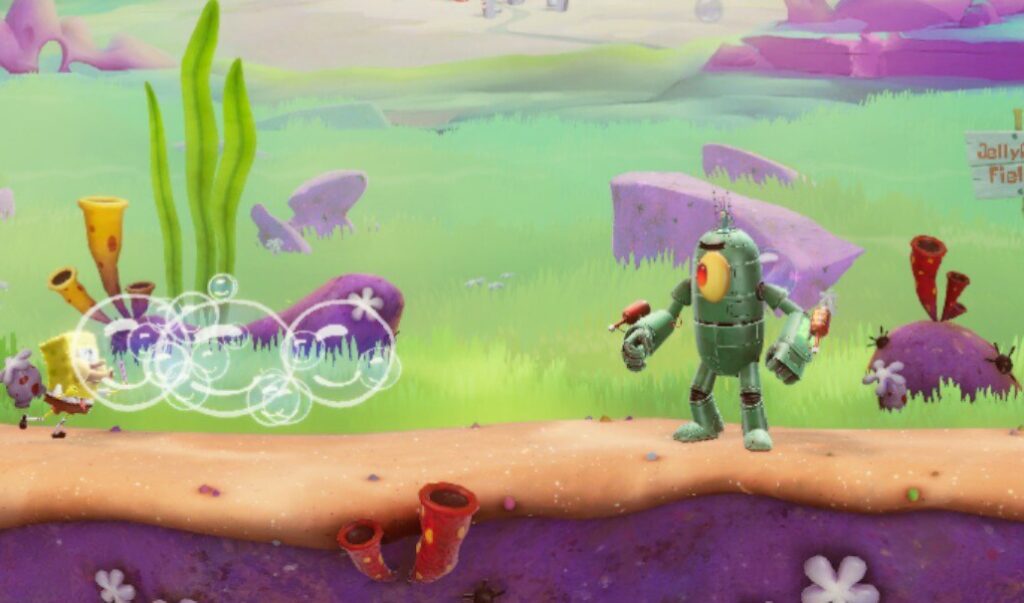
6. SLIME SHIELD
This last one is a bit obscure and so you don’t really see other players use it at low to mid levels. Not because it isn’t worthwhile because it certainly is in the right circumstances. When you shield, it slowly drains over time, drains even more when you are hit, and pushes you slightly. While shield poking doesn’t exist in Nick Brawl 2, teetering after being pushed while shielding at ledge can leave you in a very bad spot. But when you hold slime while shielding, not only will your shield not weaken over time, but you can’t be pushed back. This can really help your defense or throw your opponent off because if they were counting on a teeter, they were just denied and since you weren’t pushed back either, you may still be in range to punish them with a quick out of shield option. Be careful because holding slime while shielding does drain your slime meter over time or there may be situations where you would prefer to be shield pushed as a way to disengage.
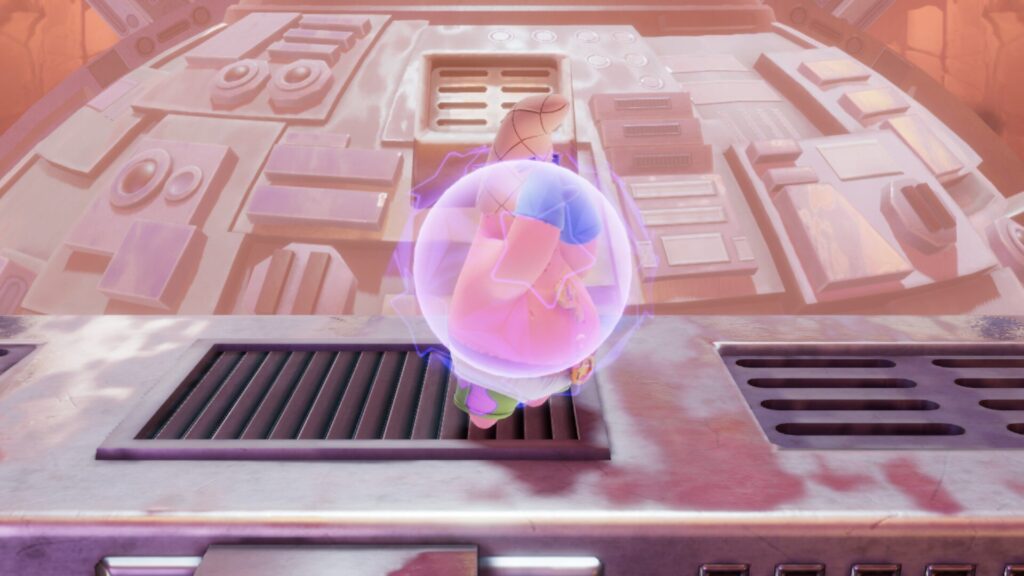
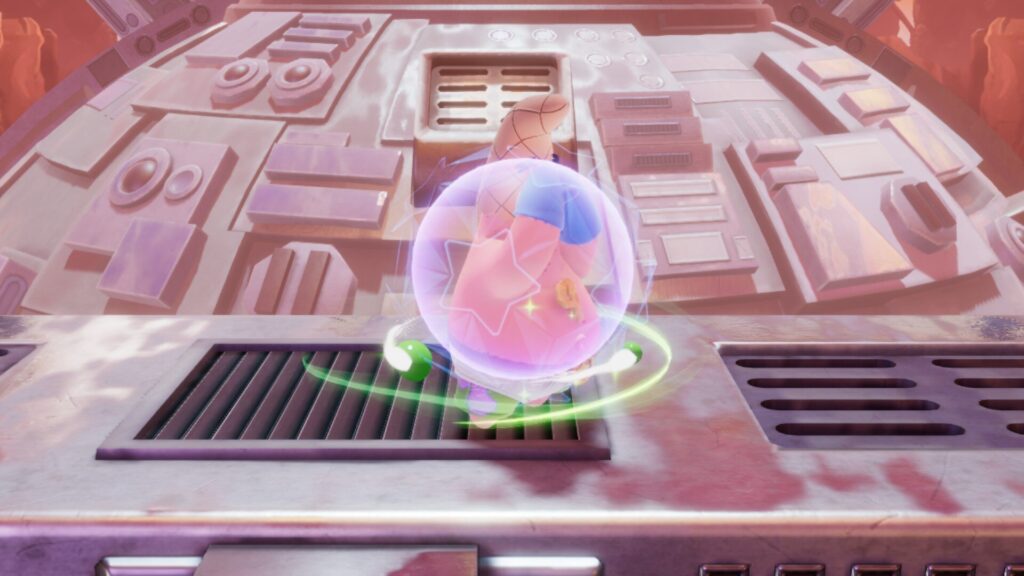
Overall, Nick Brawl 2 introduces multiple mechanics behind a single meter helps distinguish it in a way unlike most platform fighters out there. Skipping out on learning the nuances behind how slime works and how it can be coordinated into your plan is severely handicapping yourself and missing out on a major component of the game. It’s heavily ingrained and enhances the game in a way that makes it familiar enough to platform fighter players, but unique enough to still be recognized as a different take on the genre rather than a rehash of what’s been seen before. When you get the hang of how it works, it becomes second nature to you.
Cymon “StarWind” Butler is a Photographer of Team SMAK, LLC and Helper of Team Sentry. He actively engages with the local scene on their experiences with events and likes to introduce new games to keep the scene alive. An avid fan of Nickelodeon All Star Brawl 2, he regularly keeps up with the development of the game and major updates that happen along the way. Having joined Team SMAK officially in 2023, he hopes to create a space that is available and safe for everyone who wishes to enter it looking for a sense of community.
Series: Slime Zone
Posted on September 25, 2024
